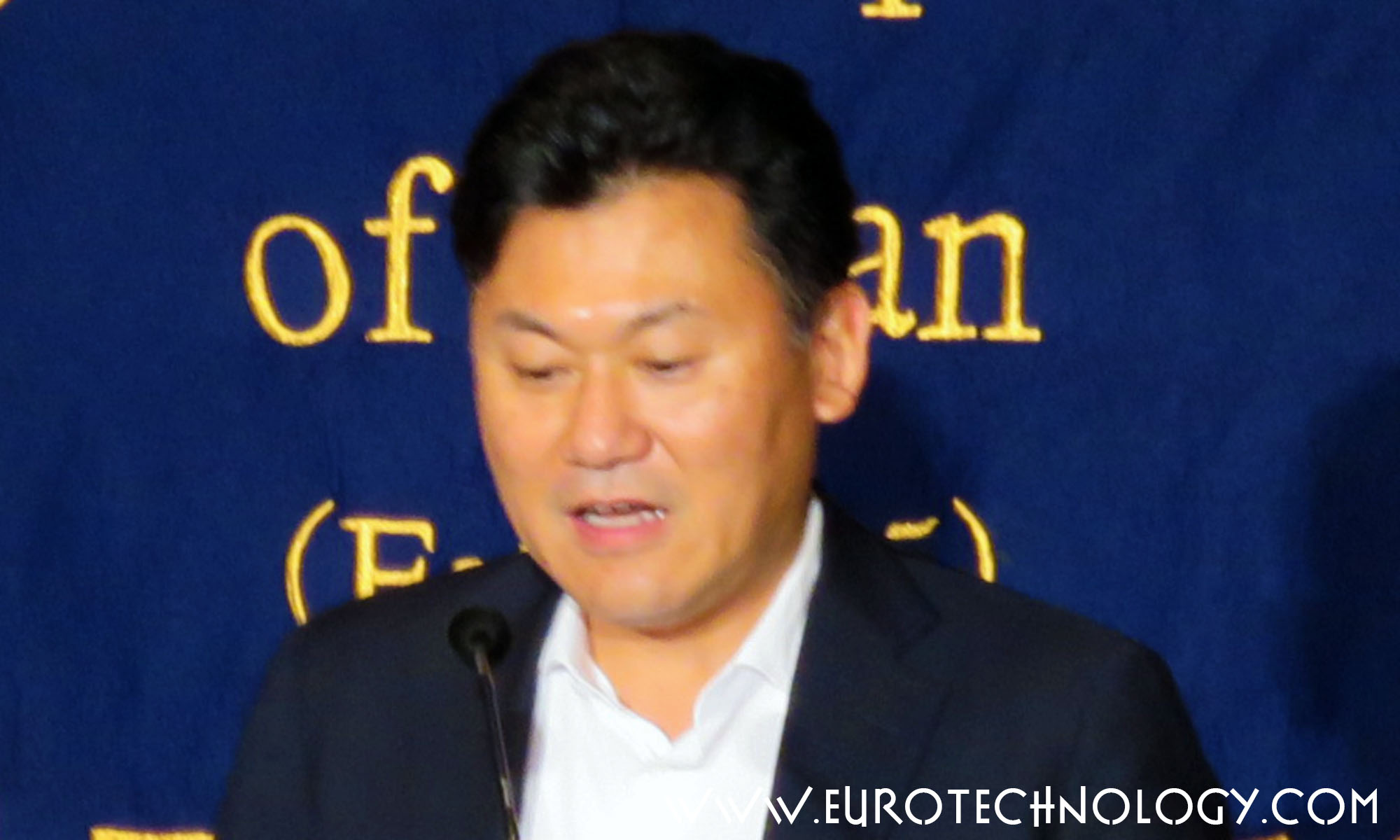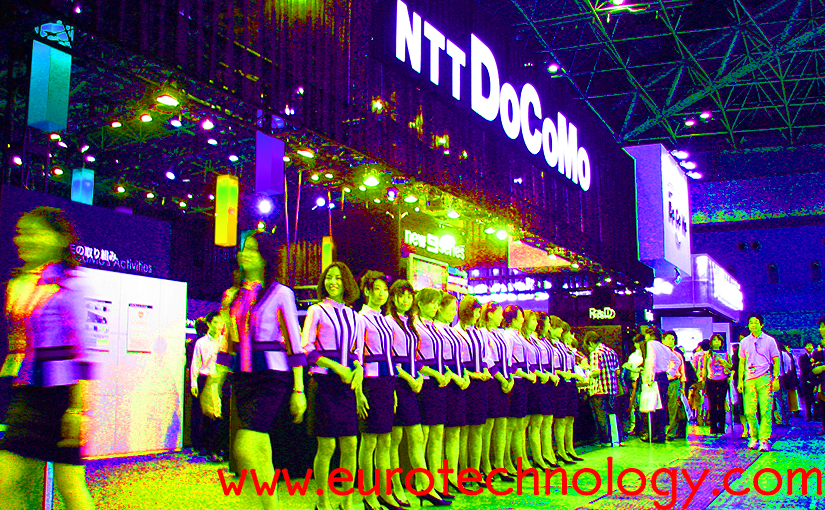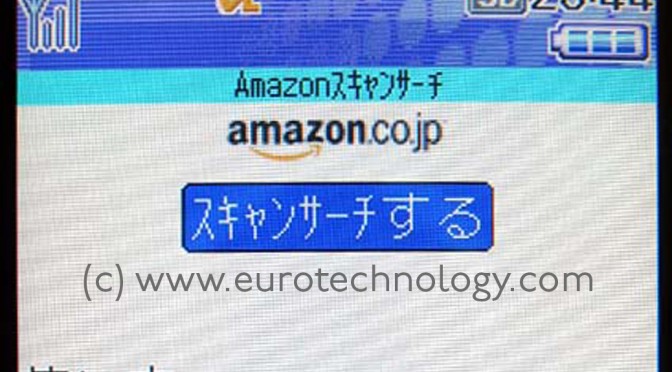Category: ecommerce
-

Rakuten vs SoftBank + Yahoo vs Amazon (Bloomberg and BusinessWeek interviews)
Rakuten vs Softbank Yahoo reduces e-commerce fees to compete harder with Rakuten’s online mall Bloomberg interview and BusinessWeek interview about Yahoo KK’s aggressive reduction of ecommerce fees, a move increasing competition with Amazon.com and Rakuten. How do you see Yahoo KK’s latest move to reduce or eliminate merchant’s fees? Do you see this as an…
-

Wireless Japan 2004 exhibition (Tokyo, July 21-23, 2004)
FeliCa mobile payment wallet phones at the centre of attention by Gerhard Fasol Wireless, mobile phone industry trends years before they reach outside Japan Every year the Wireless Japan sets global trends in wireless communications and mobile phones. Mobile phone industry professionals cannot afford to miss this trend setting show. It is here that Japanese…
